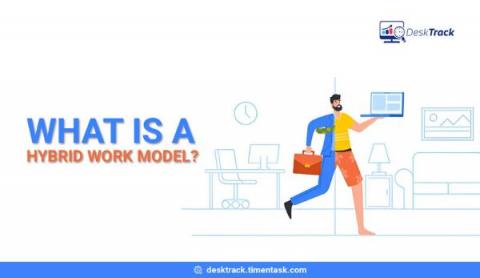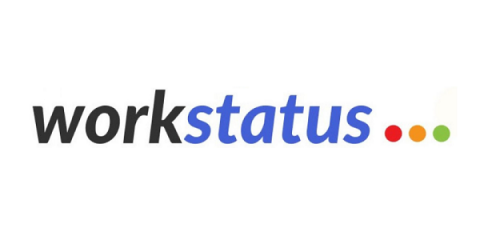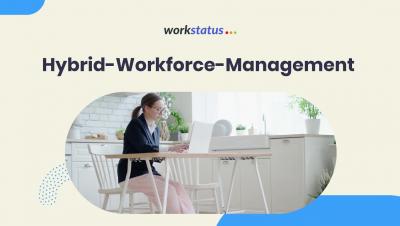Teams | Collaboration | Customer Service | Project Management
Hybrid Work
9 Ways to Make Hybrid Work Safer & More Productive
For business leaders, employees, professionals, and management teams across most major sectors, it’s become clear that general attitudes toward work have changed remarkably in recent years. From the rise of smart technologies, IoT devices, and advanced AI software tools to an increasingly present conversation regarding mental health and well-being in the workplace, modern hybrid work is multifaceted.
Workstatus: The Game-Changer For Hybrid Work Culture
As the world emerges from the pandemic and organizations seek to navigate a new era of work, hybrid work has become a popular option. The hybrid working model offers benefits such as: It also poses several challenges, such as: This is where Workstatus comes in; Workstatus is an innovative platform that enables organizations to successfully transition to hybrid working models and reap its many benefits.
A Complete Guide to Manage a Hybrid Workforce
Mastering the Hybrid Work Landscape: Perks, Challenges, and Solutions
Discover the positive and negative impacts of hybrid work on company culture, and learn how Insightful's software can help businesses navigate this new landscape while maintaining a strong company culture.
Hybrid Workfore Management | Workstatus
Hybrid Work Mode: 11 Reasons Why Workforce Management Is The Key To Success
In today’s fast-paced business world, companies are constantly looking for ways to improve their operations and increase efficiency. One of the most popular solutions for achieving this goal is adopting a hybrid work mode. This approach combines traditional office-based work with remote or flexible working options, allowing employees to balance their professional and personal lives more effectively.
Finding The Right Balance of Hybrid Work
Hybrid Work Attendance Monitoring: Here's What You Need to Know
Before the pandemic, the term ‘Hybrid Work’ was in theory. As COVID-19 has changed the work culture totally upside down, companies going fully remote work policy have experienced the pros and cons of in-office and remote work. Therefore, over 90% of mid-size companies are moving to hybrid work culture.
The Unwritten Rules of Hybrid Work for 2023
A guide to the unwritten rules of hybrid work.









